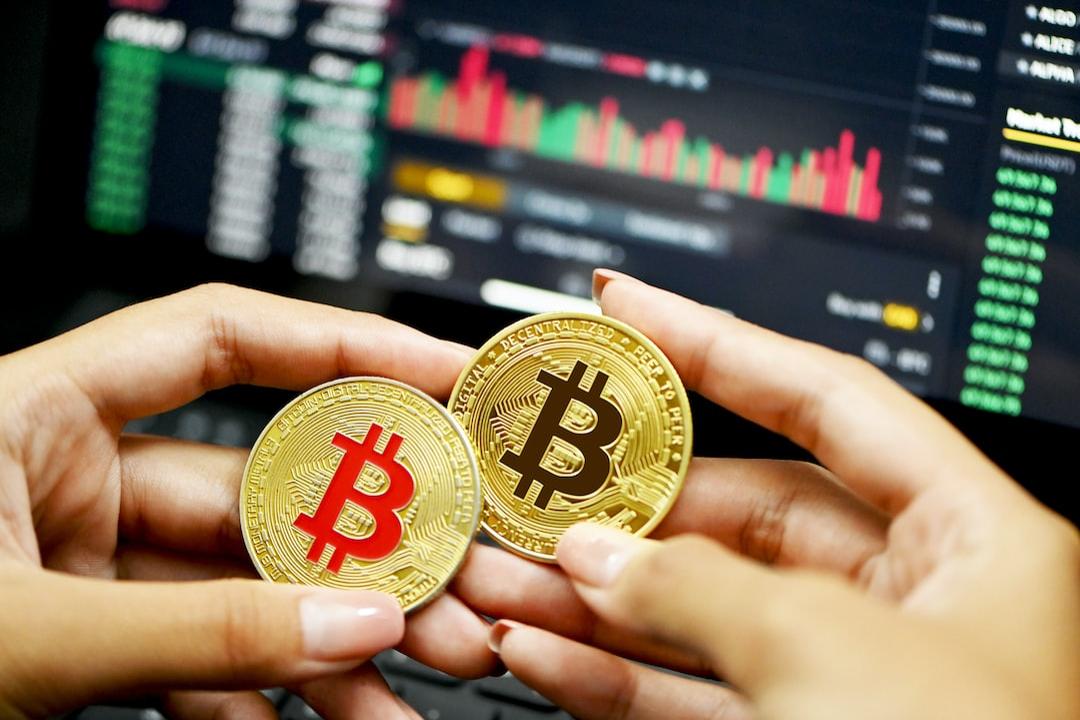Current Status of Web3 Financing in Q1 2025
A rational market participant might believe that capital will fluctuate, much like many phenomena in nature, exhibiting cyclical behavior. However, venture capital in the crypto space resembles a one-way waterfall—a continuous experiment in gravity.
We may be witnessing the final phase of a frenzy that began with the 2017 wave of smart contracts and ICOs, accelerated during the low-interest-rate environment of the COVID-19 period, and is now returning to a more stable level.

During the peak of 2022, venture capital in the crypto sector reached $23 billion. By 2024, this figure plummeted to $6 billion. The reasons for this decline can be summarized in three main points:
- The frenzy of 2022 led to an excessive influx of funds—venture capital invested in numerous products like DeFi and NFTs at extremely high valuations, which ultimately did not yield the expected returns. OpenSea was once valued at $13 billion, marking the peak of the market bubble.
- Challenges in fundraising and the disappearance of valuation premiums—In 2023/2024, many funds encountered obstacles in raising capital. Projects that successfully launched on exchanges struggled to replicate the high valuation premiums of 2017-2022. Due to the lack of valuation uplift, funds found it challenging to raise new capital, especially when many investors’ returns lagged behind Bitcoin.
- AI has replaced crypto as the “next hot sector”—large capital institutions have shifted their attention to AI, causing the crypto industry to lose its speculative fervor and premium once seen as the “most promising frontier technology.”
However, the deeper issue is that very few startups manage to grow to Series C or D rounds. Some might argue that the primary exit strategy in the crypto space is through token listings, but when most tokens drop upon listing, investor exits become difficult. This is particularly evident when comparing data from various funding rounds.
Since 2017, among 7,650 companies that received seed funding, only 1,317 successfully progressed to Series A, yielding a progression rate of 17%. Of those, 344 advanced to Series B, while only about 1% (±1%) reached Series C. The probability for Series D is merely 1 in 200, comparable to other industries as reported by @Crunchbase. However, the crypto sector has a unique situation: many growth-stage companies bypass traditional funding paths through tokenization. Nevertheless, this reflects two core issues:
- Without a healthy token liquidity market, crypto venture capital will stagnate. This void will be filled by liquidity market participants like @SplitCapital and @DeFianceCapital.
- Lack of sufficient companies growing to later stages and successfully going public will lower investor risk appetite.
Data across various funding stages conveys a consistent message: while capital inflow in seed and Series A rounds remains relatively stable, active investments in Series B and C have significantly decreased. Does this indicate a favorable time for seed funding? Not necessarily. The key lies in the details.

The data below illustrates the median amount of pre-seed and seed funding each quarter. Overall, the trend shows a steady increase. Two notable points are:
- Since the beginning of 2024, the amount of pre-seed funding has dramatically increased.
- The nature of seed funding has changed over the past few years.
We have observed that, despite a decline in early capital investment willingness, the scale of pre-seed and seed funding that startups receive has actually increased. The previous “friends and family round” is now being filled by early-stage funds, and this trend also affects seed funding. Since 2022, seed funding amounts have expanded to address rising labor costs and the longer time required for the crypto industry to achieve product-market fit (PMF). However, the decrease in product development costs has somewhat offset this trend.
The increase in funding amounts means higher valuations (or equity dilution) for companies at early stages, which also implies a need for greater valuation growth in the future to deliver returns to investors. Moreover, several months after Trump’s election, there was a noticeable increase in funding scales. This may relate to changes in the fundraising environment for General Partners (GPs) following Trump’s ascension, as interest from Fund of Funds (FoF) and traditional allocators increased, pushing early markets into a “risk appetite” mode.

What does this mean for founders? Currently, the amount of early financing in Web3 is greater than ever, but the capital is concentrated among fewer founders, with larger funding scales while demanding faster growth than in previous cycles.
With traditional liquidity channels (like token issuance) drying up, founders need to invest more effort in demonstrating their credibility and the potential of their businesses. The era of “50% discount, new high-valuation round in two weeks” is over. Funds can no longer profit by “inflating valuations,” and founders cannot easily secure funding; the vesting tokens held by employees no longer enjoy rapid appreciation.
One angle to validate this trend is capital velocity. The chart below shows the average time startups take from seed to Series A. Lower values indicate faster capital velocity, meaning investors are willing to invest larger amounts at higher valuations in new seed round companies before they mature.
Another critical factor is how liquidity in the public markets affects the private market. Investors typically increase their investments in the private market when public market pullbacks occur. For example, during Q1 2018, the market experienced a sharp decline, leading to a significant reduction in Series A funding. A similar situation occurred again in Q1 2020, coinciding with the market crash triggered by the COVID-19 pandemic. For those investors with capital, the decreasing public market investment opportunities tend to increase the allure of investing in the private market.

In Q4 2022, following the collapse of FTX, market risk appetite significantly decreased. Unlike previous instances where financing in the private market increased during public market pullbacks, this collapse directly destroyed the appeal of the crypto sector as an asset class. Before this, several large funds had already invested heavily in FTX’s $32 billion valuation financing, only to suffer total losses. Consequently, investor interest in the entire industry plummeted.
Post-FTX collapse, funds began to concentrate on a few leading companies, which became the “kingmakers” dominating the market’s capital flow. Most LPs (limited partners) directed their funds into these top-tier funds, which preferred to deploy capital in later-stage projects, allowing them to absorb more capital. In other words, the financing environment for startups has become increasingly challenging.
The Future of Crypto Venture Capital?
For the past six years, I have been observing this data, and each time the conclusion remains the same—startup financing will become increasingly challenging. At 24 years old, I might not have realized that the evolutionary patterns of the industry are such. Market booms attract a considerable amount of talent and capital, but as the industry matures, the difficulty of financing inevitably rises. In 2018, projects could secure funding simply by “being on the blockchain”; by 2025, investors will focus more on profitability and product-market fit (PMF).
As token liquidity decreases, venture capitalists are forced to reassess liquidity and capital deployment strategies. In the past, investors expected to achieve returns through tokens within 18-24 months, but now this cycle has lengthened. Employees must also exert more effort to obtain the same amount of tokens, which are often traded at lower valuations. This does not imply that there are no profitable companies in the industry; rather, like in the traditional economy, ultimately only a few companies will capture most of the economic value.
Will venture capital disappear? From a jokingly pessimistic perspective, perhaps yes. But the reality is that Web3 still requires venture capital.
- The infrastructure layer has matured, capable of supporting large-scale consumer applications.
- Founders have experienced multiple market cycles and gained a deeper understanding of how the industry operates.
- The coverage of the internet is continuously expanding, and global bandwidth costs are decreasing.
- The development of AI is expanding the possibilities for Web3 applications.
These factors together constitute an unprecedented opportunity period. If the venture capital industry aims to “make venture capital great again,” they need to focus on the founders themselves, rather than how many tokens they can issue. Today, capital allocators are more willing to spend time supporting those founders with the potential to dominate the market. This shift represents the growth process of Web3 investors from “when to issue tokens?” in 2018 to “where is the market’s limit?” in 2025.



